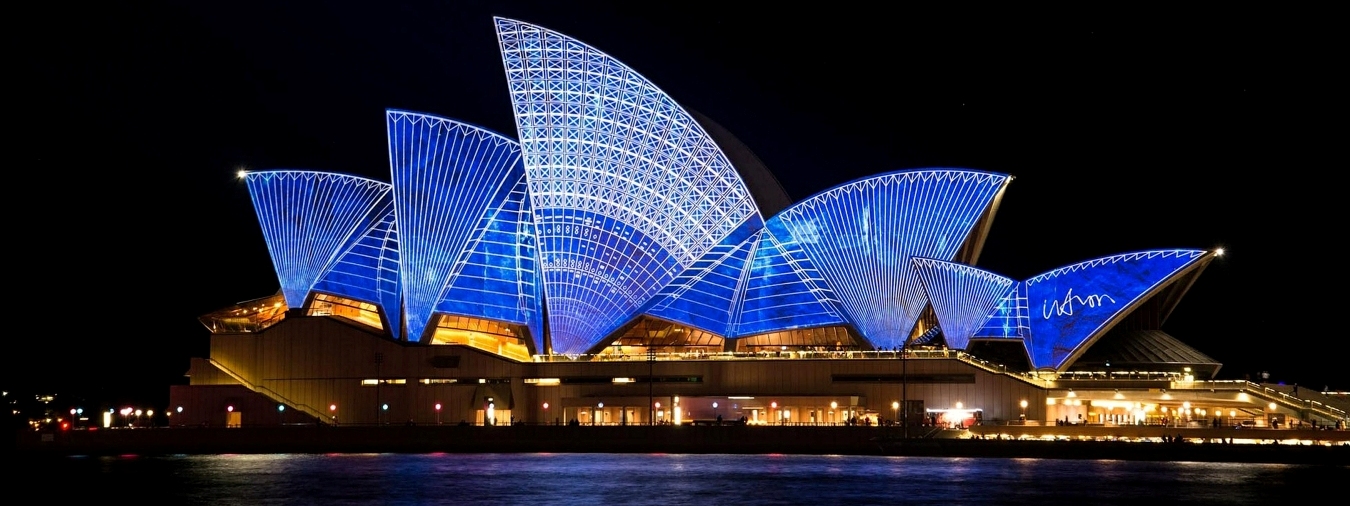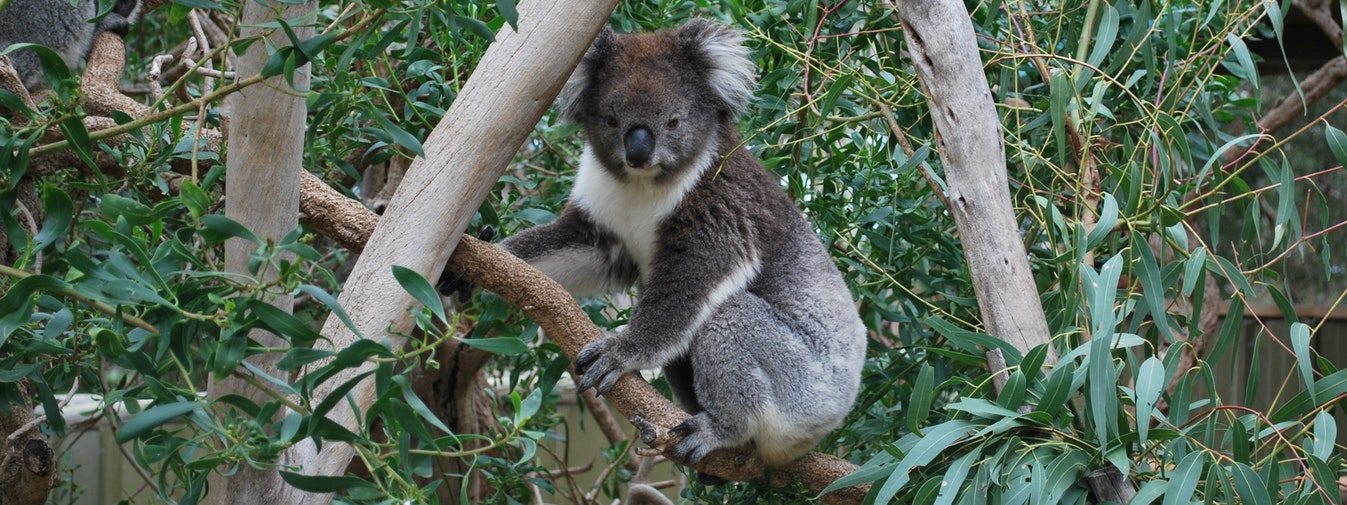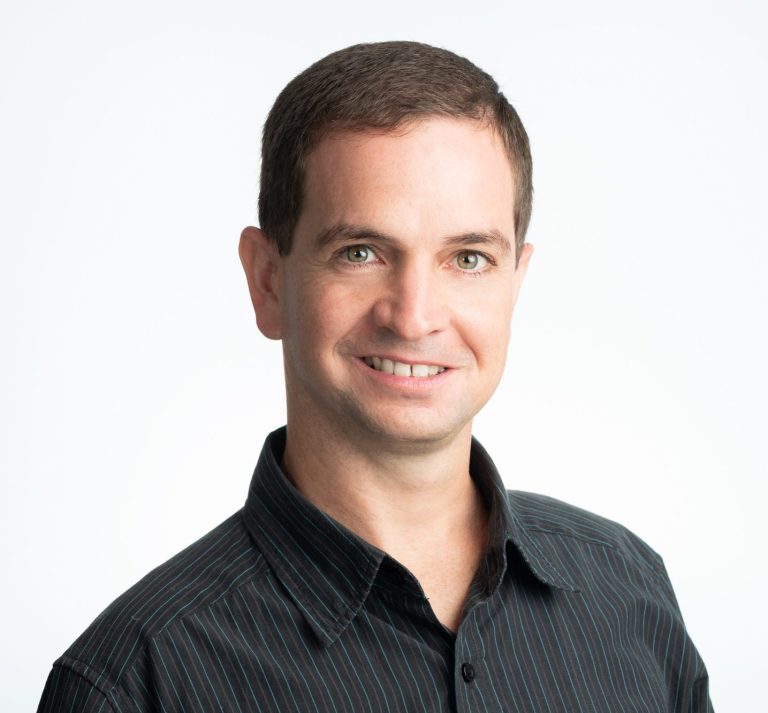2019 IEEE International Conference on Visual Communications and Image Processing (VCIP)
December 1-4, 2019 • Sydney, AUSTRALIA
Tutorial - Autonomous Underground Exploration
in the context of the DARPA SubT challenge
Time: 10:30-14:30 Sunday, 1 December
Location: Thomas Room, Aerial UTS Function Centre
Historically, DARPA robotics challenges have served as a watershed for spawning new technologies and pushing the boundaries of innovation. This is evidenced by the DARPA Grand Challenge and the Urban challenge initiating the self-driving car industry. The current SubT Challenge is aimed accelerating technology development required for exploration in large scale GPS-denied, comms-degraded Subterranean environments. Access to these environments remain difficult, in spite of being relevant across a range of industries and applications. Such environments can vary drastically across subdomains such as tunnel systems, urban and municipal underground infrastructure, and natural cave networks. Furthermore, in time-sensitive scenarios, such as in disaster response, first responders are faced with a range of increased technical challenges, including difficult and dynamic terrains, degraded environmental conditions, severe communication constraints, and expansive areas of operation. These environments often pose too great a risk to deploy personnel. As such, robotics offers a compelling answer to this broad set of challenges, but issues like time-sensitive missions will require systems-level approaches built with teams of cooperating platforms and advancements across a range of technologies, including autonomy, perception, networking, and mobility. The topics covered in this tutorial will address how vision based technologies are being used to address the autonomy and perception challenges.
Since the current DARPA SubT challenge requires multiple vision based technologies to operate in harsh real-world environments, our tutorial is expected to provide some insights for both researcher and engineers interested in deploying their solutions in real-world situations.
Content
- Lecture 1 - Overview of the DARPA SubT challenge and the motivation for vision based solutions
The DARPA SubT challenge is setup to push the boundaries of innovation to allow large scale multi-agent exploration of unknown GPS-denied, comms-degrade environments. This lecture will set the scene and motivate the need for various vision based technologies to solve this challenge. - Lecture 2 - Deep learning based artefact detection
The performance of each team is assessed based on detecting and reporting back the location of a number of predefined artefacts that would be encountered in a typical search and rescue operation. These artefacts include backpacks, power tools, fire extinguishers, mannequins with heat signatures etc. This lecture will explain the usage of a vision to detect these artefacts using a trained Convolutional Neural Network based approach. - Lecture 3 - Vision based Point Cloud colourisation
Using cameras to colourise lidar point clouds allow a more realistic representation of the environment. - Lecture 4 - Multimodal perception
Use of multimodal perception (vision+hyperspectral) provides more robust detection of artefacts. - Lecture 5 - Vision based place recognition for SLAM
Use of vision for place recognition in SLAM.
Organizers & Presenters

Nicolas Hudson
Senior Principal Research Scientist
CSIRO
Nicolas.hudson@csiro.au

Mark Cox
Senior Experimental Scientist
CSIRO
Mark.cox@csiro.au

Lars Petersson
Principal Research Scientist
CSIRO
Lars.petersson@csiro.au

Inkyu Sa
Research Scientist
CSIRO
inkyu.sa@csiro.au
Contact
Navinda Kottege (navinda.kottege@csiro.au)
2019 IEEE International Conference on Visual Communications and Image Processing (VCIP)
http://www.vcip2019.org







